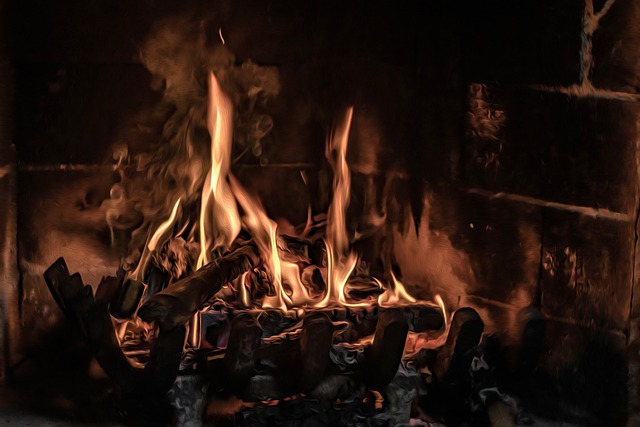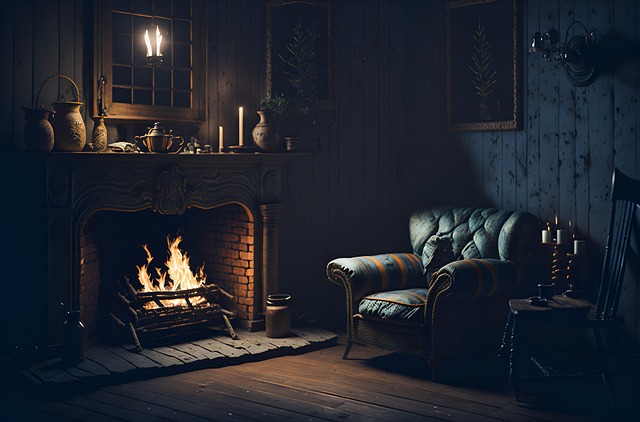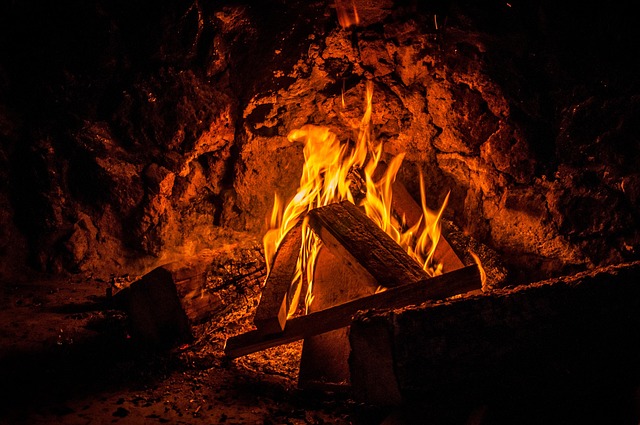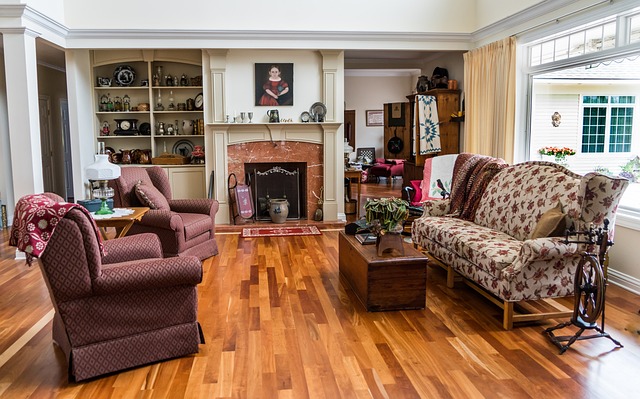Transform Outdoor Spaces with Versatile Furniture: Side Tables & Ottomans
Side tables and ottomans are key elements in crafting inviting and functional outdoor living spaces……..
Introduction
The concept of “Outdoor Living Essentials” transcends mere leisure activities; it represents a harmonious blend of design, sustainability, and innovation that transforms the outdoors into an extension of our homes. This article delves into the myriad facets of outdoor living spaces, exploring their significance, the global impact they have, the economic considerations involved, technological advancements, policy and regulation frameworks, and the challenges they face. By the end of this exploration, readers will have a comprehensive understanding of what constitutes “Outdoor Living Essentials” and why they are an integral part of modern living.
Understanding Outdoor Living Essentials
“Outdoor Living Essentials” refer to the fundamental elements that make an outdoor space functional, comfortable, and aesthetically pleasing. These elements include outdoor furniture, landscaping, lighting, cooking areas, fire features, and weather protection systems. The core components are designed to enhance the living experience, bringing the comfort of indoor living to the outdoors. The historical context of outdoor living spaces dates back to ancient civilizations, where open-air gatherings were common. Today, these spaces serve as an extension of our personal space, allowing us to enjoy nature’s bounty while maintaining a high standard of living.
Global Impact and Trends
The influence of “Outdoor Living Essentials” is global, with different regions adapting the concept to suit local climates, cultural preferences, and architectural styles. In North America, for example, outdoor kitchens and fire pits are popular, while in Europe, garden design often focuses on creating sustainable green spaces. The Asia-Pacific region has seen a significant increase in urban balcony gardens as a response to limited space. Key trends shaping the trajectory of outdoor living include sustainability, smart home integration, and the blending of indoor and outdoor aesthetics. These trends reflect a growing awareness of environmental issues and a desire for seamless living experiences.
Economic Considerations
The “Outdoor Living Essentials” market is driven by consumer demand for improved quality of life, particularly in urban settings. Investment patterns indicate a rise in spending on outdoor renovations and new constructions. These economic aspects are not just localized but have a broader impact on employment and the economy at large, as they encompass sectors such as construction, manufacturing, and retail. “Outdoor Living Essentials” contribute to economic resilience by creating jobs and fostering innovation.
Technological Advancements
Technology has revolutionized outdoor living spaces with advancements in materials, lighting, heating, and cooling systems. Smart outdoor systems allow for climate control, sound systems, and even automated watering systems. The future potential of these technologies includes more energy-efficient solutions, biodegradable materials, and improved weatherproofing to enhance the outdoor experience year-round.
Policy and Regulation
Policies and regulations play a crucial role in shaping the development of “Outdoor Living Essentials.” These frameworks address zoning laws, environmental impact, safety standards, and accessibility. In many regions, there is a push for policies that encourage sustainable practices and green spaces. The balance between personal use and community well-being is a key consideration in these regulatory measures.
Challenges and Criticisms
“Outdoor Living Essentials” face challenges such as adapting to diverse climates, ensuring sustainability, and addressing privacy concerns. Criticisms often revolve around the environmental impact of outdoor living spaces, particularly with regard to water usage and energy consumption. Strategies to overcome these issues include the use of xeriscaping, solar-powered solutions, and designs that prioritize native plants and natural habitats.
Case Studies
Several case studies exemplify successful applications of “Outdoor Living Essentials.” One notable example is the High Line in New York City, which transformed an abandoned rail line into a green oasis. Another is the integration of outdoor living spaces into tiny homes, optimizing limited space for maximum usability and comfort. These case studies provide valuable lessons on design innovation, community engagement, and environmental stewardship.
Future Prospects
The outlook for “Outdoor Living Essentials” is promising, with potential growth areas in smart technology integration and sustainable design. Emerging trends include the use of biophilic designs to create spaces that foster a deeper connection with nature. Strategic considerations for the future focus on customization, adaptability, and resilience in the face of climate change.
Conclusion
“Outdoor Living Essentials” are more than just an amenity; they represent a commitment to enhancing our lives through connection with the outdoors, sustainable practices, and innovative design. This article has explored the multifaceted nature of outdoor living spaces, from their historical roots to future prospects, and their global impact and economic significance. By understanding these elements, we can appreciate the value of outdoor living and its potential to shape our lives and environments for the better.
FAQ Section
Q: What are the essential components of an outdoor living space?
A: Essential components include durable furniture, a well-designed landscape, adequate lighting, cooking facilities, fire features, and weather protection, such as pergolas or retractable awnings.
Q: How can I make my outdoor space more sustainable?
A: Incorporate native plants, use eco-friendly materials, install rainwater collection systems, choose energy-efficient lighting and heating options, and consider xeriscaping to reduce water usage.
Q: What are the current trends in outdoor living design?
A: Current trends include smart home technology integration, biophilic designs that bring nature into the living space, and blending indoor and outdoor aesthetics seamlessly.
Q: How can I heat my outdoor living space during colder months?
A: Heating options include patio heaters, fire pits, and infrared heating systems designed to provide comfort without sacrificing the ambiance of your outdoor space.
Q: What are some affordable ways to upgrade an outdoor space?
A: Affordable upgrades can be achieved by repurposing furniture, adding string lights or solar lanterns, creating a living green wall with climbing plants, and using multifunctional pieces like fold-out tables or modular seating.

Side tables and ottomans are key elements in crafting inviting and functional outdoor living spaces……..

Protecting your outdoor investment is crucial for enjoying your space year-round. Incorporate weathe…….

Efficient cushion storage is key to maintaining an organized outdoor space. Use durable, weather-res…….

In limited outdoor areas, strategically choosing patio furniture (like dining sets, fire pits, pergo…….

Transform your outdoor space into a vibrant and inviting oasis with strategic shade solutions like u…….

Transform your outdoor space with greenery, planters, strategic furniture placement, and decorative…….

Creating a stunning year-round outdoor space involves curating essential tools and furniture that bl…….

Integrate drink coolers as key components of modern patio furniture to enhance outdoor living spaces…….

Transform your outdoor space with durable, stylish weather-resistant cushions that enhance comfort a…….

Transform your outdoor spaces into tranquil retreats with stylish planters, greenery, and essential…….